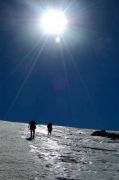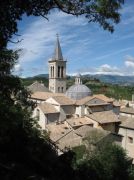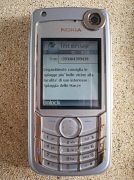Just what was on the table in Leonardo Da Vinci’s “Last Supper?”
Historian John Varriano has his theory, outlined in Gastronomica in a pithy account which draws inspiration from Leonardo’s shopping lists and anecdotes from Vasari.
The plates in front of Andrew and Matthew—the fourth figures to Christs’ right and left—are heaped with food. Not bread and lamb, as previously thought, but eel.
Varriano says the three serving dishes on the right are grilled eel with orange slices.
If you’re curious about what was on the menu, Varriano’s theory is easy enough to check out. The Last Supper was scanned in 2007 in a project to make it the world’s highest-res photo. 
Armchair investigators can zoom in on the plates in question and get a much better look at the than provided in the article.
The orange slices are clearly visible. The eel? Hard to tell. Leonardo’s experimental paint techniques left a disastrous, flaking mess.
Gray-ish blobs certainly appear fish-like, reminiscent of eel dishes still eaten by Italians during the Christmas holidays.
Any guesses?

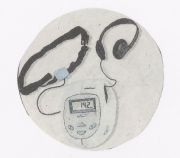
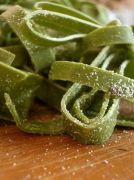
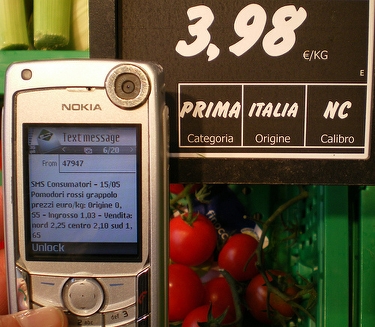 Cash-strapped Italian consumers can now use text messages to tell them if the price is right.
Cash-strapped Italian consumers can now use text messages to tell them if the price is right. 